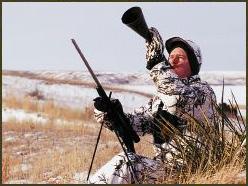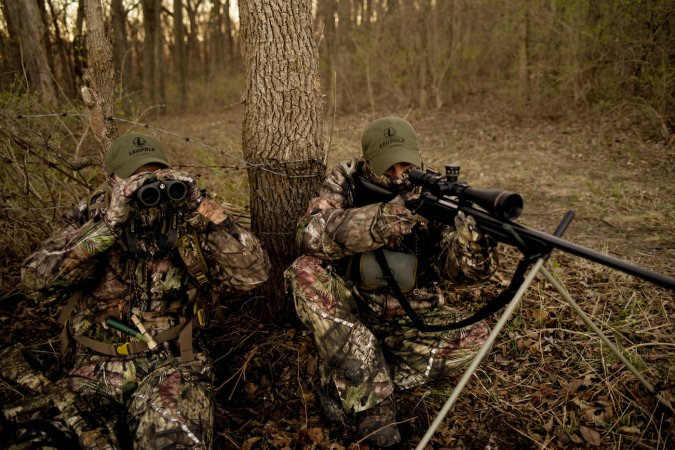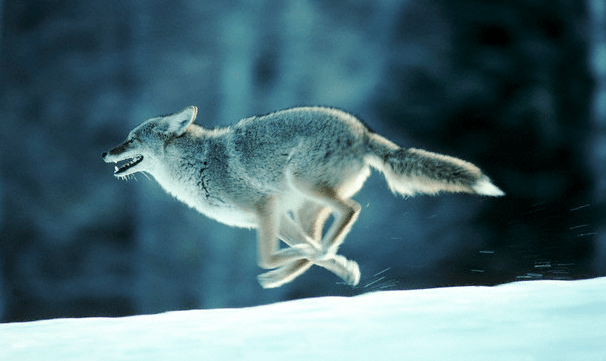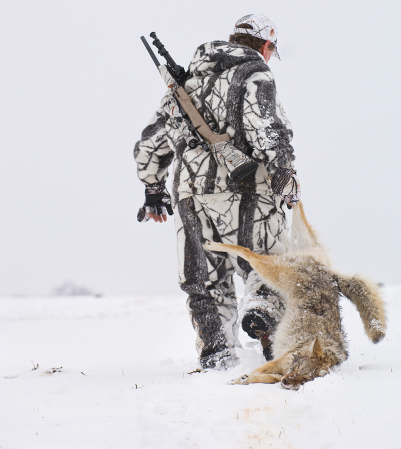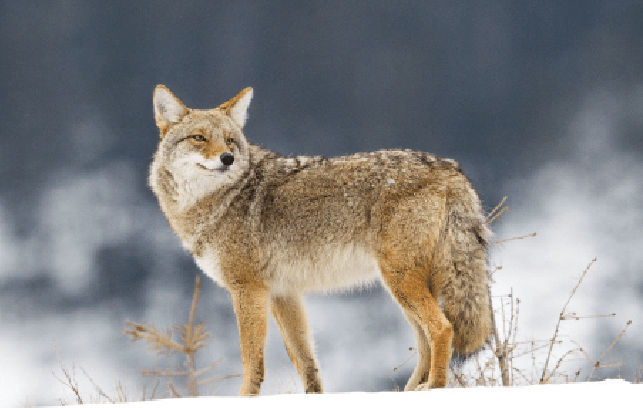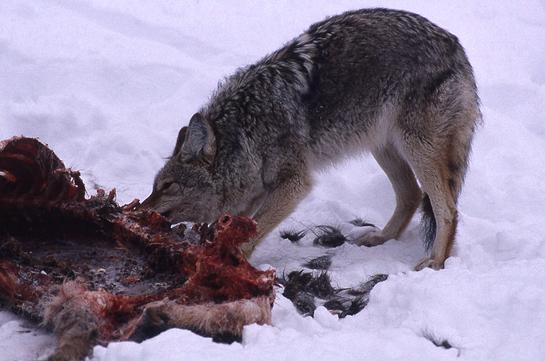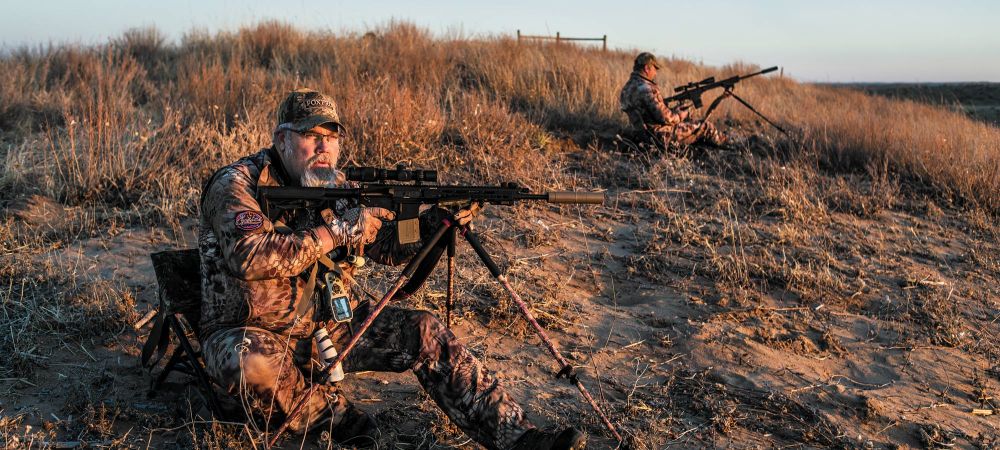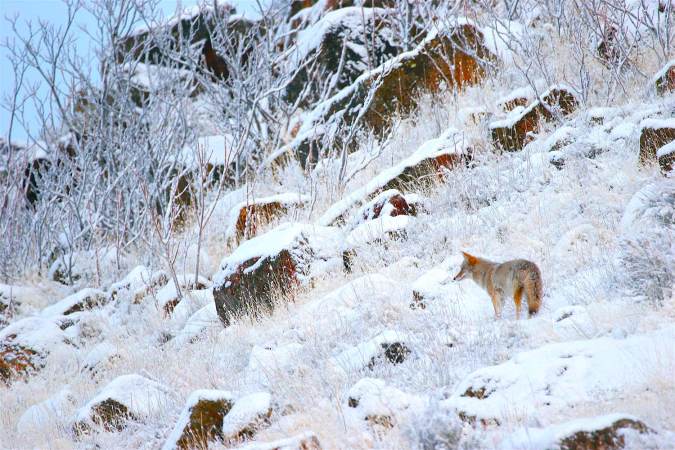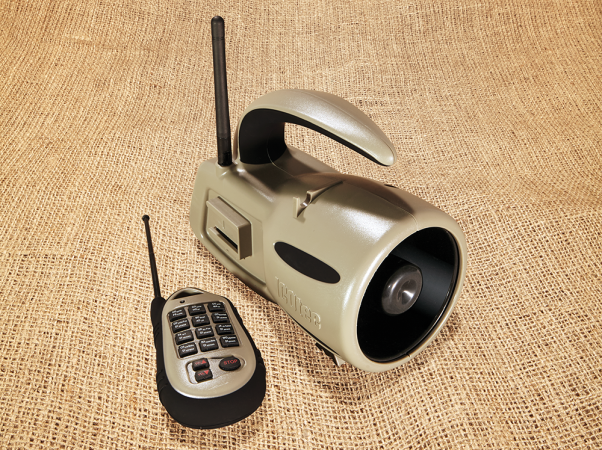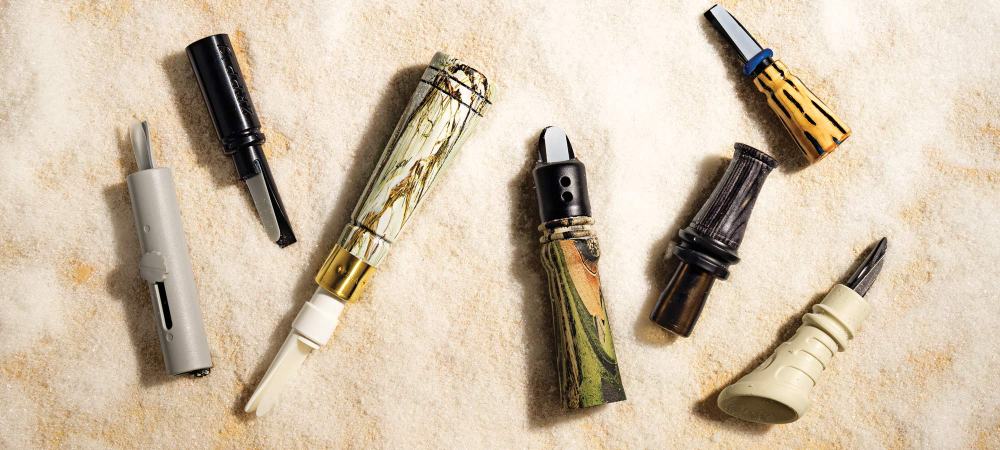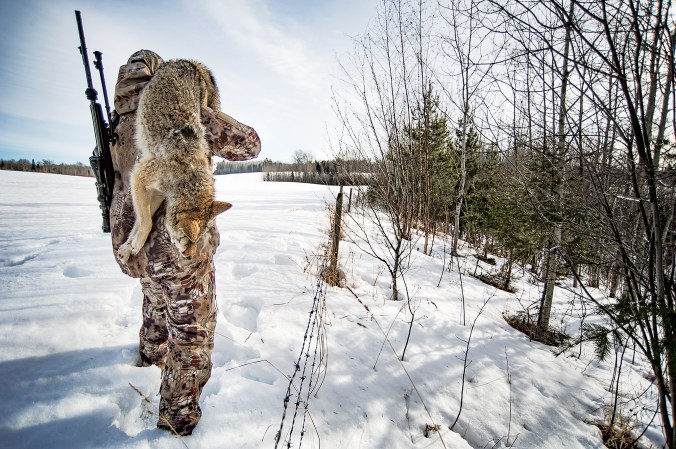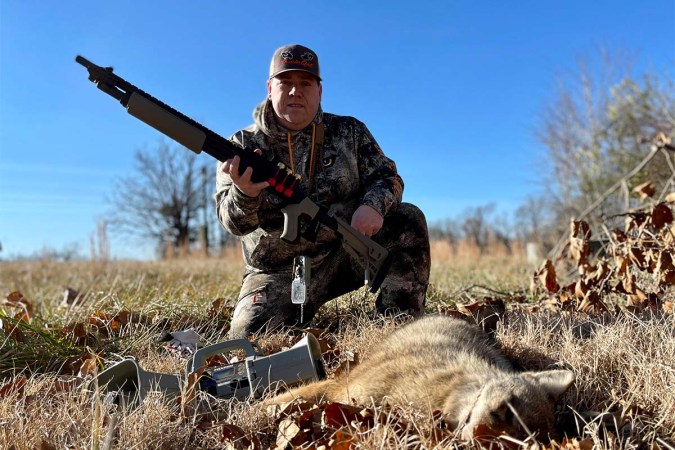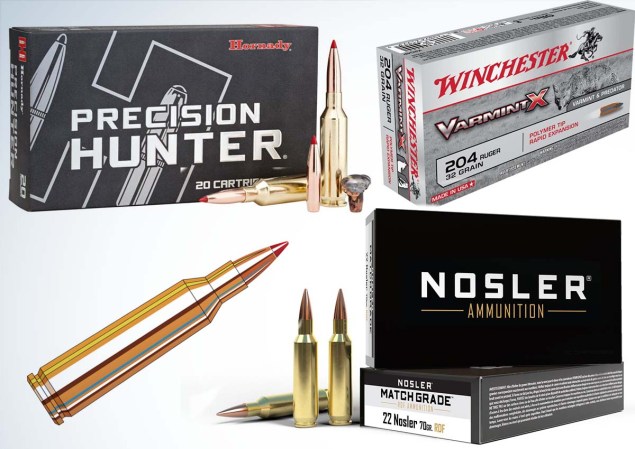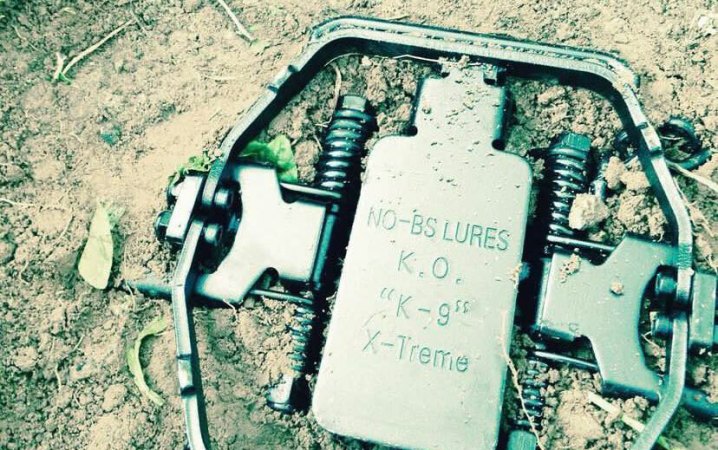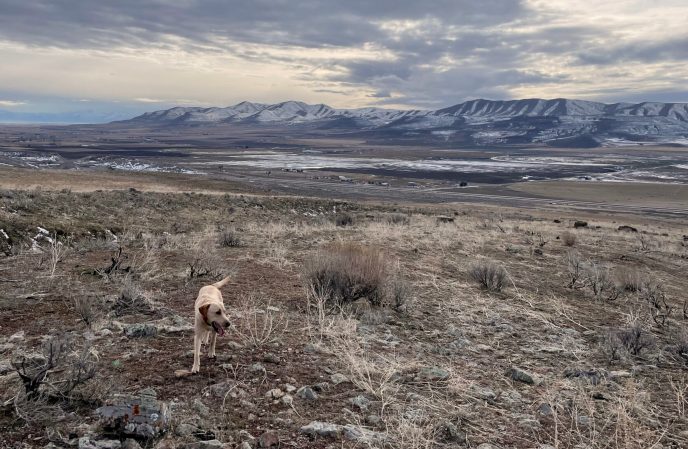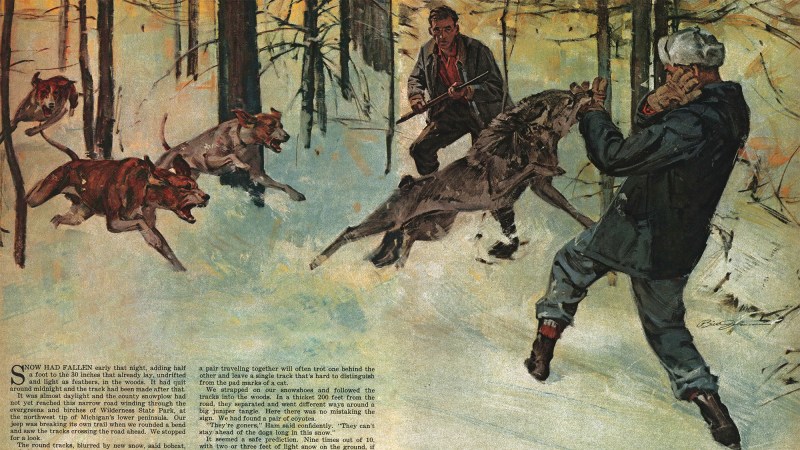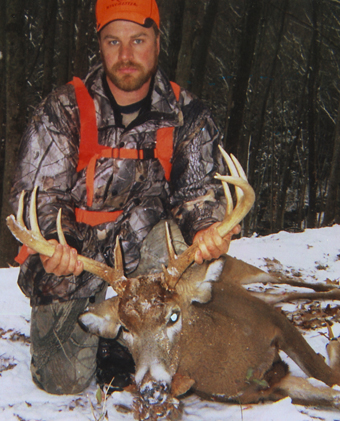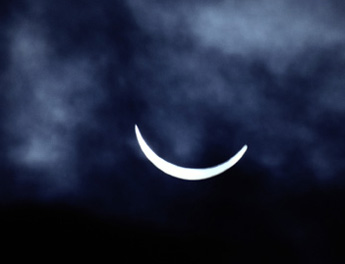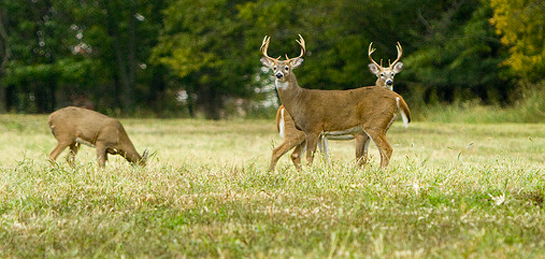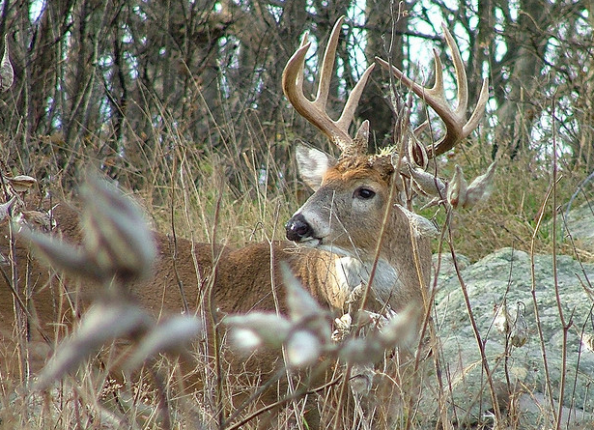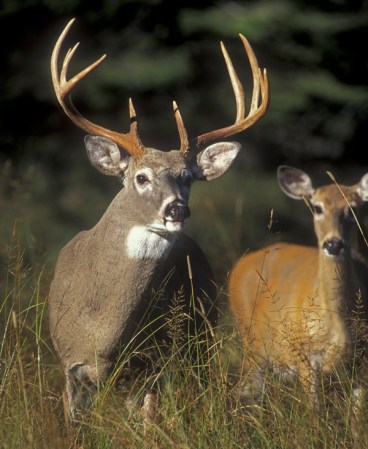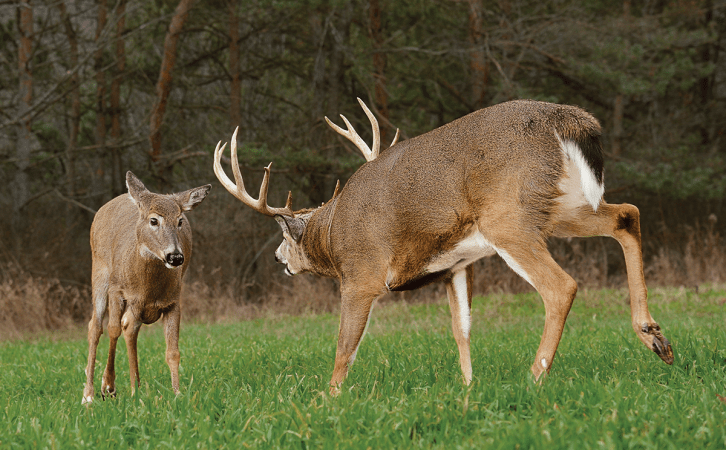Every year there’s that window between deer and turkey season where I feel kind of lost. A transition period between my two favorite seasons. I spend a portion of that time every winter hunting predators. Here in North Dakota this time of year can be influenced by extreme wether conditions. When I first started our calling coyotes, I pretty much just went our when I had the time off. Needless to say, I had some cold and nonproductive days more than not. I decided to keep track of weather and moon conditions when I had productive calling and asked my predator calling friends to do the same. After 10 years, this is what we found.
Temperature
Cool is best, between 20 degrees and 50 degrees is ideal.Our research showed below zero days and extremely warm ones hampered activity.
Wind
This is a very important factor, coyotes move best during 0-5 mph winds. Up to 20 mph can be ok. Above 20 mph, stay home. Also a southerly direction breeze really gets them moving.
Sky
Overcast, haze and fog days are excellent. The dogs seem to move more freely during daylight hours on these occasions. We’ve had success on clear days too, as long as the winds are moderate and the temperatures is cool.
Barometric pressure
A rising pressure after the passing of a front is your best bet. A steady barometer before a front arrives is also very good, unless windy.
Precipitation
During a heavy rain or snow, find something else to do. Coyotes will hold up. The dryer the better, decreasing humidity is a key factor, the lower the better.
Moon
The time slots 24-48 hours before and after a new moon and the first few days following a full moon are my favorites. If the other weather factors cooperate, try to get our and call. They seem to be more vocal during these times too.
The bottom line: A cool, calm, overcast, dry day (dropping humidity) with a rising barometer during a new or full moon will almost always be productive if your in a good area. Good Luck!
